Health
-
Self-Tracking Today Can Keep the Doctor Away

Self-quantification is making major strides in the consumer and commercial health care industries, and alumna Jackie Leverett Wasson has her finger on the pulse of this technological breakthrough.
-
'Like a Wartime Effort'
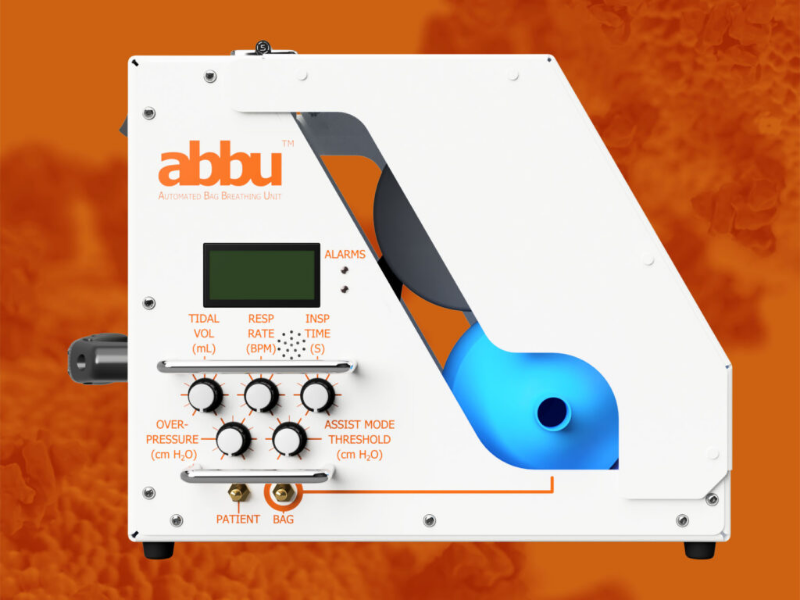
Texas Engineers mobilize to battle COVID-19
-
Custom Fit
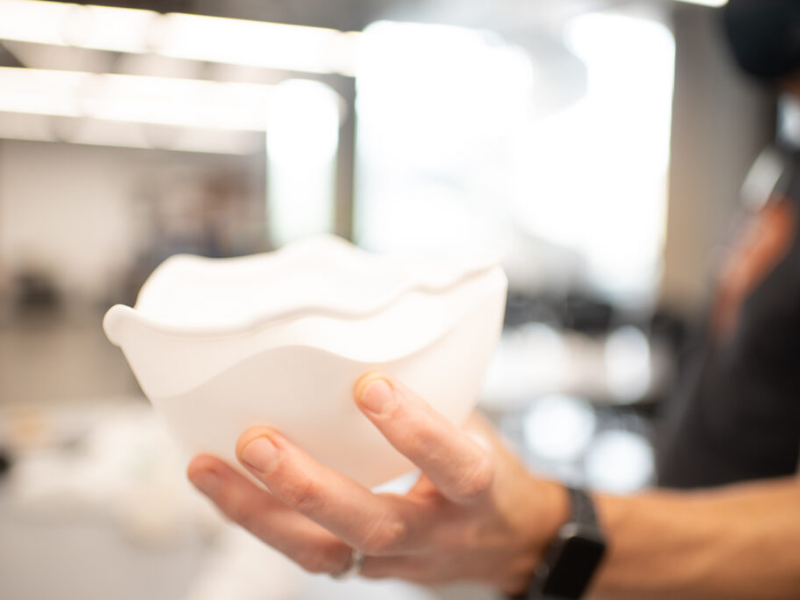
Inside the Cockrell School’s Texas Inventionworks studio, engineers immediately galvanized into action to create customized 3D-printed masks during COVID-19.
-
A Quick Change of Plans

How the new Texas Innovation Center is making an impact in the midst of a pandemic
-
Understanding Membrane Curvature
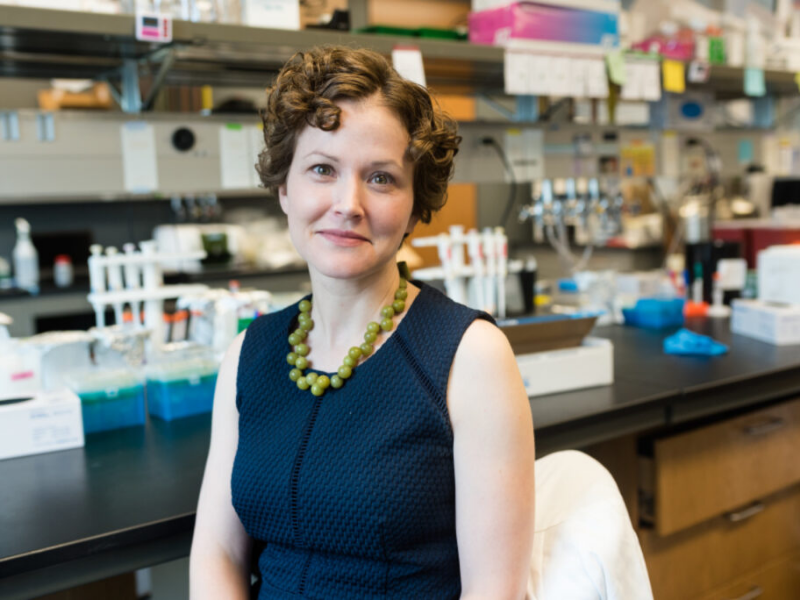
Biomedical engineering associate professor Jeanne Stachowiak received the 2023 Michael and Kate Bárány Award for her paradigm-shifting discovery in the field of membrane biophysics.
-
Stretchable E-Skin Could Give Robots Human-Level Touch Sensitivity
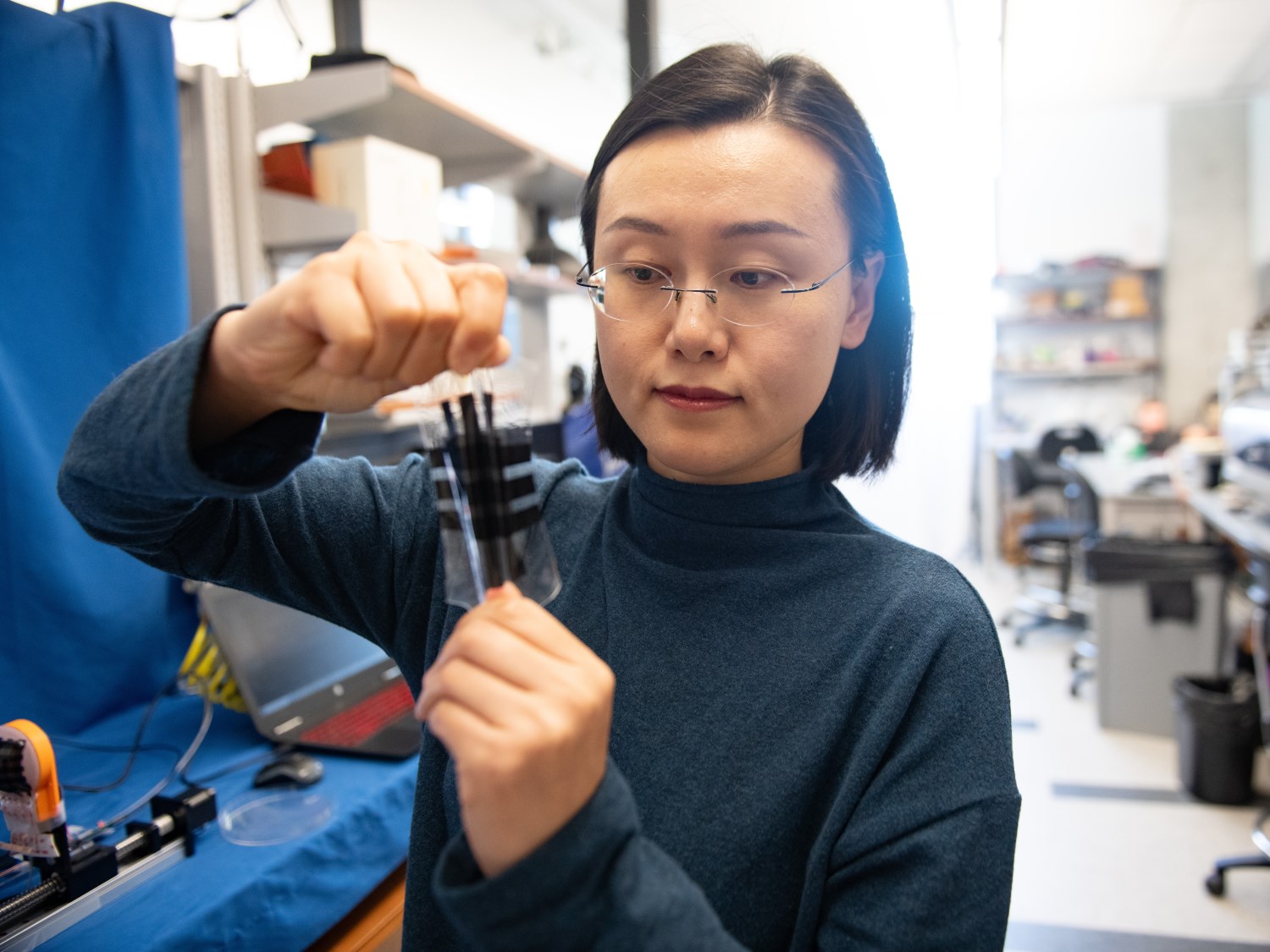
A first-ever stretchy electronic skin could equip robots and other devices with the same softness and touch sensitivity as human skin, opening up new possibilities to perform tasks that require a great deal of precision and control of force.
-
Novel MRI Approach Aims to Spot Kidney Disease in All Populations
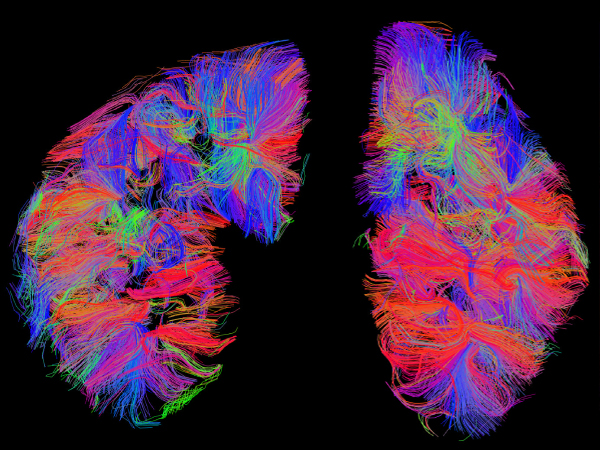
A new grant from the National Institutes of Health will support a pair of Texas Engineers in their development of novel MRI scans for detecting kidney disease.
-
'Smart Swarms' of Tiny Robots Inspired by Natural Herd Mentality
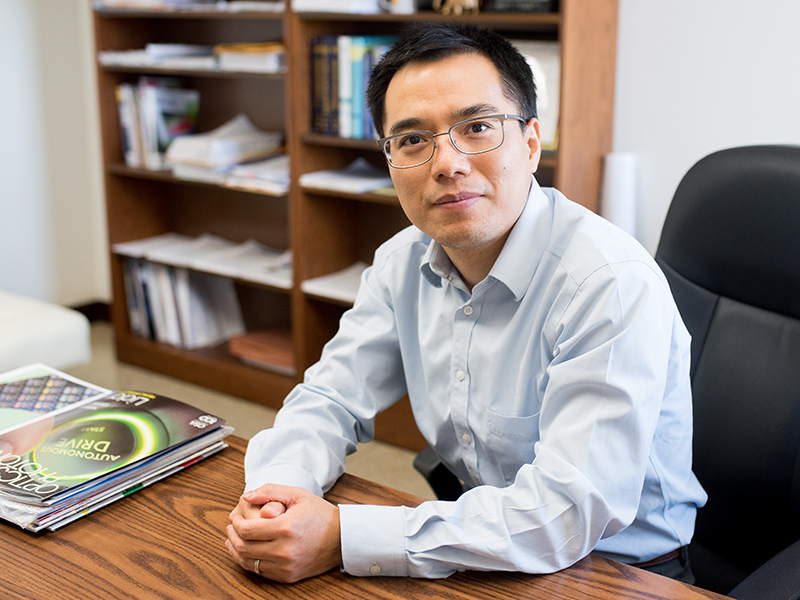
In new research, Texas Engineers gave tiny robots the same organizing abilities as schools of fish to form "smart swarms."
-
Universal Brain-Computer Interface Lets People Play Games With Just Their Thoughts
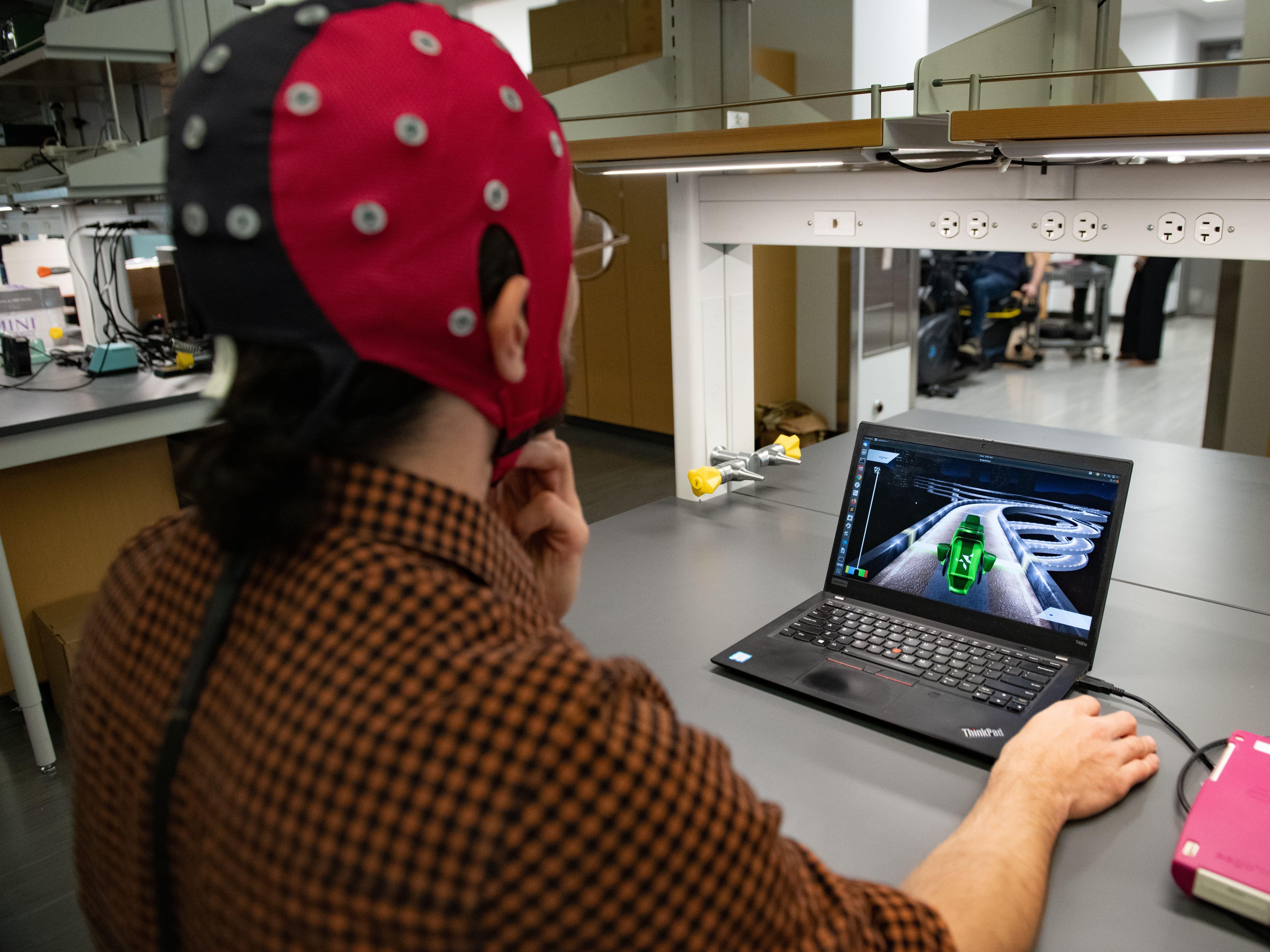
Imagine playing a racing game like Mario Kart, using only your brain to execute the complex series of turns in a lap.
This is not a video game fantasy, but a real program that engineers at The University of Texas at Austin have created as part of research into brain-computer interfaces to help improve the lives of people with motor disabilities.
-
New Disease Testing Component Facilitates Lower-Cost Diagnostics
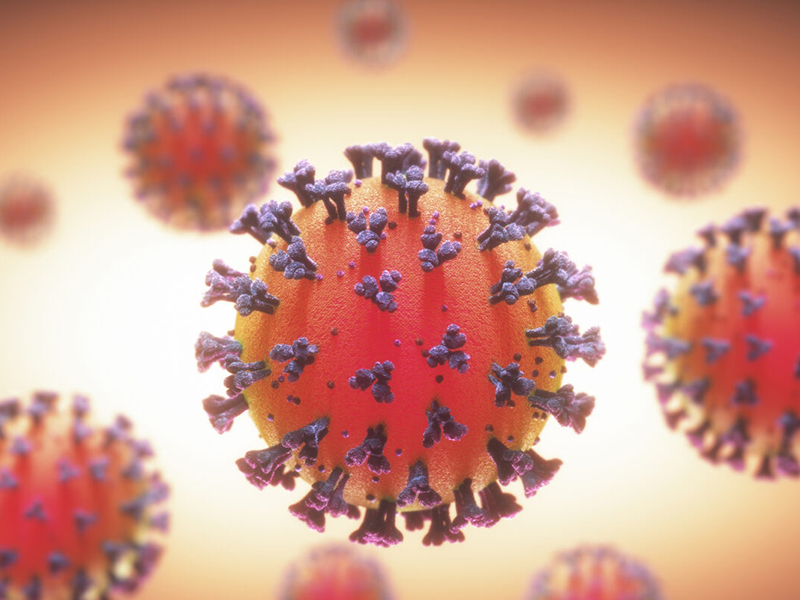
Biomedical researchers from The University of Texas at Austin have developed a new, less expensive way to detect nuclease digestion – one of the critical steps in many nucleic acid sensing applications, such as those used to identify COVID-19 and other infectious diseases.
-
Peppas Featured in First Issue of Nature Chemical Engineering
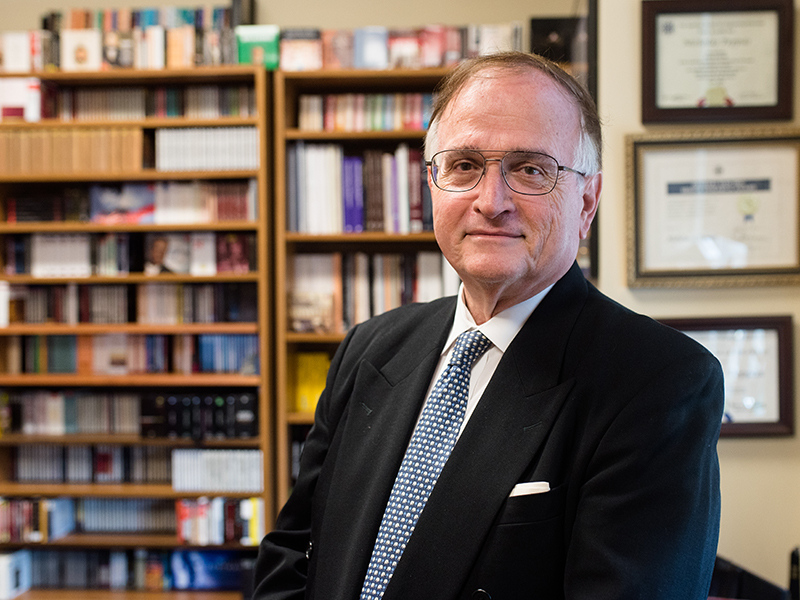
Nicholas Peppas is among a handful of prestigious researchers whose publications were featured in the inaugural issue of Nature Chemical Engineering. The article, A Bright Future in Medicine for Chemical Engineering, is co-authored with Professor Robert Langer from the Massachusetts Institute of Technology.
-
Laser Technology Cools the Way for Cellular Surgery and Drug Delivery

Imagine a laser so gentle it can cradle nanoparticles, biological cells, and even drive drug-delivering microscopic vehicles to sick cells without causing harm. This isn't science fiction; it's a new innovation led by a team of scientists at The University of Texas at Austin.
-
Texas Institute for Electronics and Infleqtion Launch Quantum Manufacturing Center of Excellence
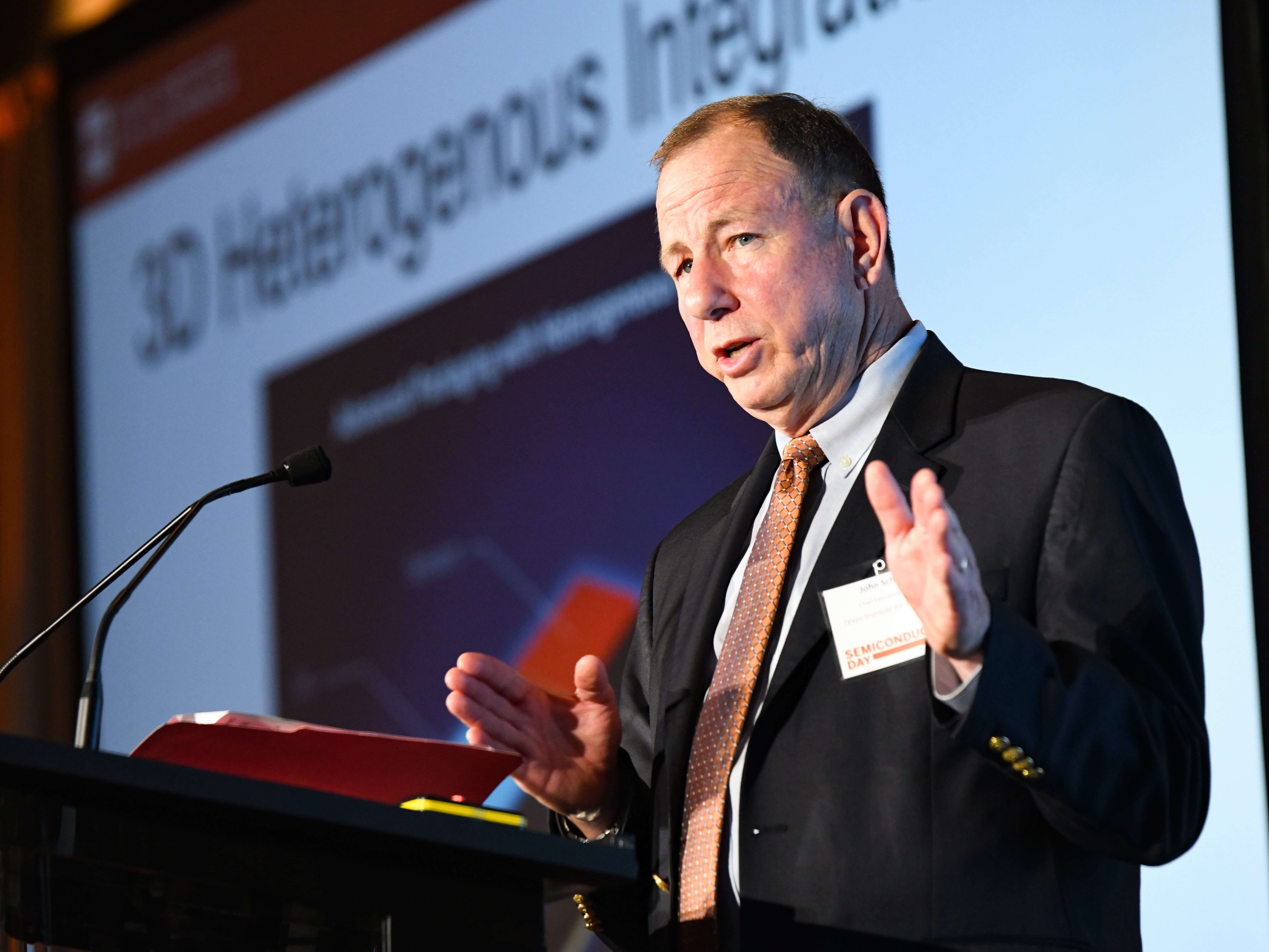
The University of Texas at Austin and Infleqtion, a global quantum technologies company, have signed a memorandum of understanding to develop a new center of excellence for quantum manufacturing. With the recent opening of its flagship corporate office in Austin, Infleqtion will work with UT’s Texas Institute for Electronics (TIE), collaborate with the University’s faculty experts in photonics and quantum technologies, and draw upon its world-class facilities to scale domestic manufacturing capacity for quantum-enabled products in areas such as energy, navigation, defense, and health care.
-
Poor Air Quality Deforms Our Cells; What Does It Mean for Their Health?
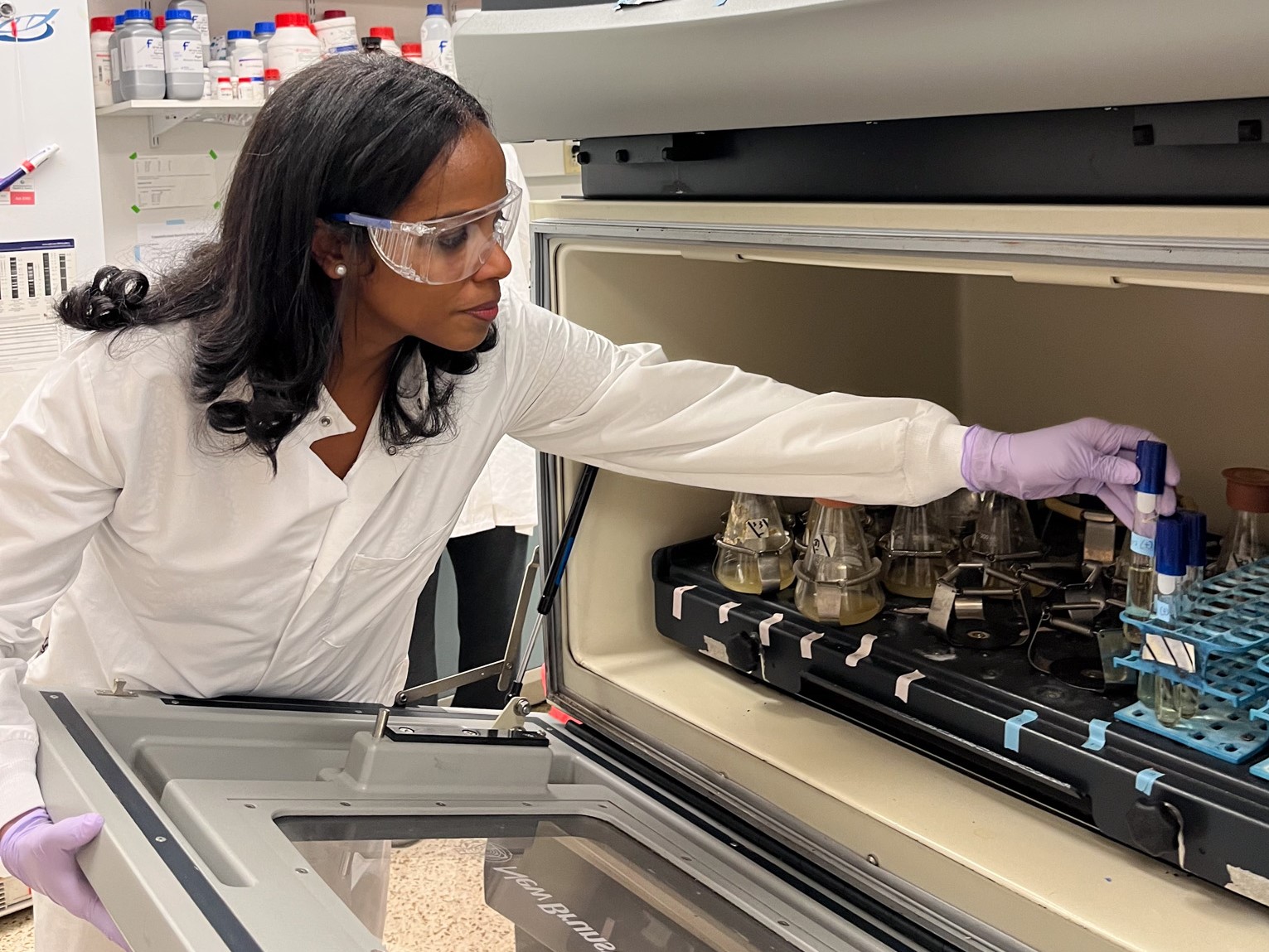
It's a well-known fact that air quality can impact our health. It's something that can be seen all the way down to the cellular level, as different pollutants in the air can influence biophysical cell characteristics.
Texas researchers are diving deep into this phenomenon, aiming to answer the question of how different types of respiratory cells handle the stress of toxic pollutants. More specifically, they're investigating cell shape, how it may serve as a distress signal of toxic air pollution and the impact of different mixtures of pollutants.
-
From Portugal to Texas, Researchers Piece Together SENTINEL Puzzle
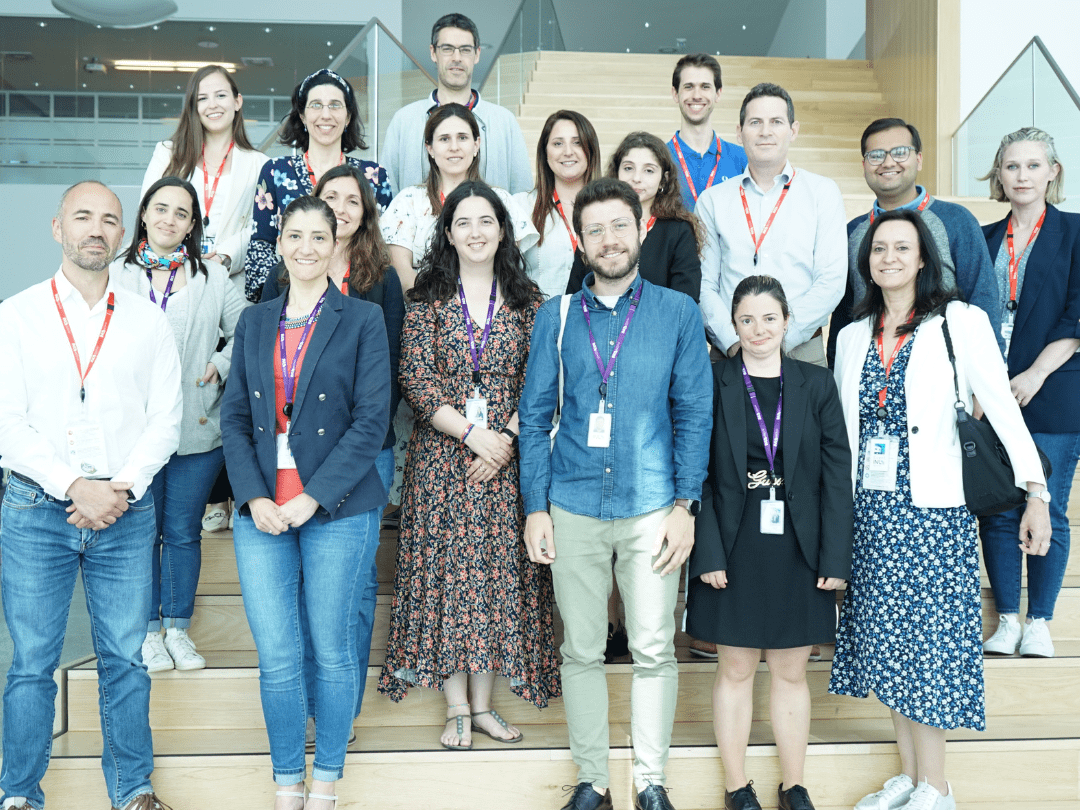
Over the past three years, SENTINEL, a global collaboration that includes Texas Engineering researchers has been developing a new way to monitor patients with prostate cancer. The research effort is one of 11 projects developed through the UT Austin Portugal program, which facilitates collaboration between researchers from The University of Texas at Austin and Portuguese researchers, government organizations and companies.
-
‘Lab-on-a-Chip’ Can Tell the Difference Between COVID and the Flu
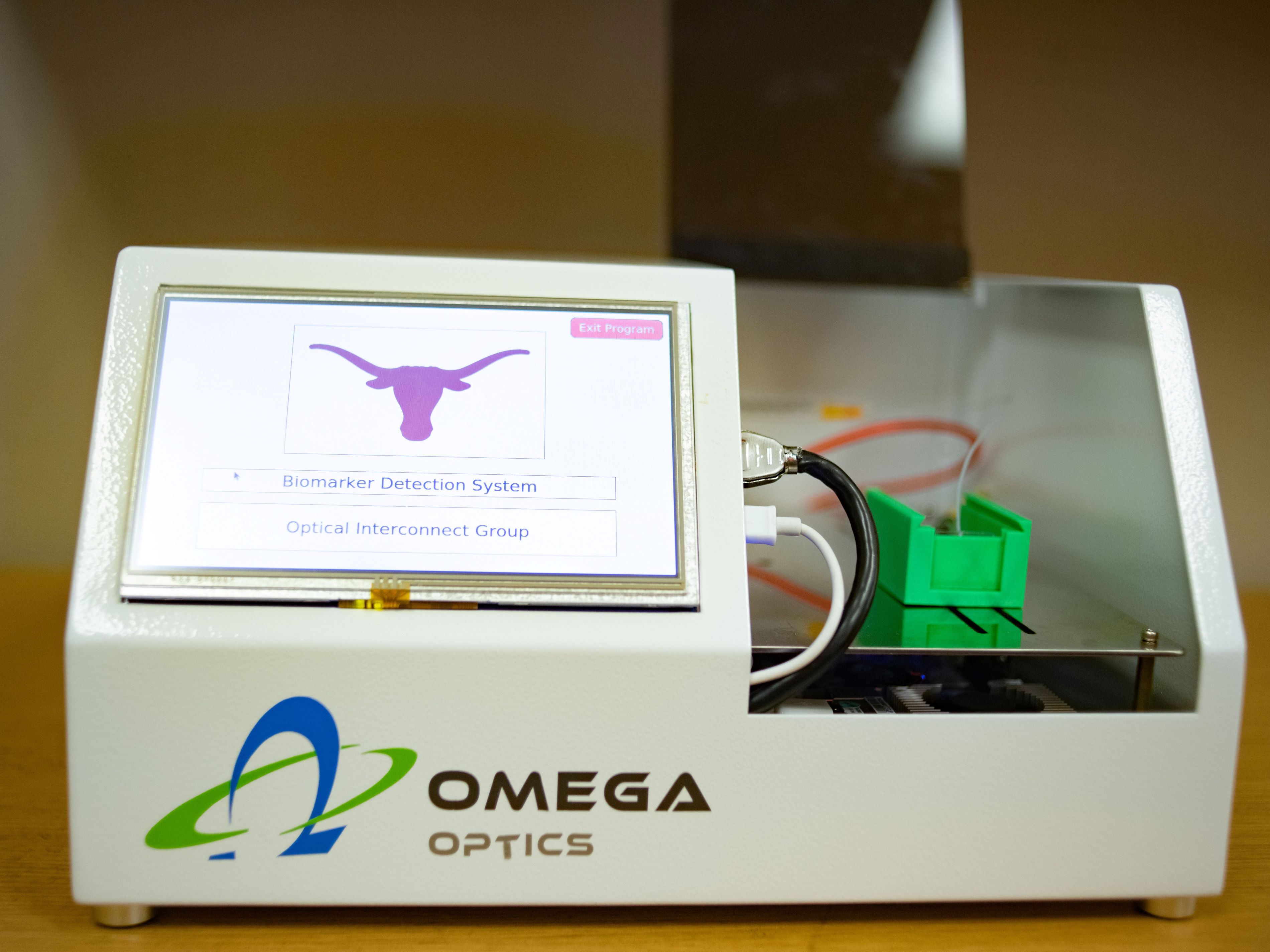
Three years into the COVID-19 pandemic, accurate testing remains a challenge, even more so as the virus has mutated over time, becoming more contagious with symptoms that are hard to tell apart from other illnesses. A new diagnostic device that can differentiate between COVID-19 and the flu, developed by researchers at The University of Texas at Austin, seeks to solve this problem while providing better and more portable care options for people who are without access to medical centers.
-
Chest E-Tattoo Boasts Major Improvements in Heart Monitoring
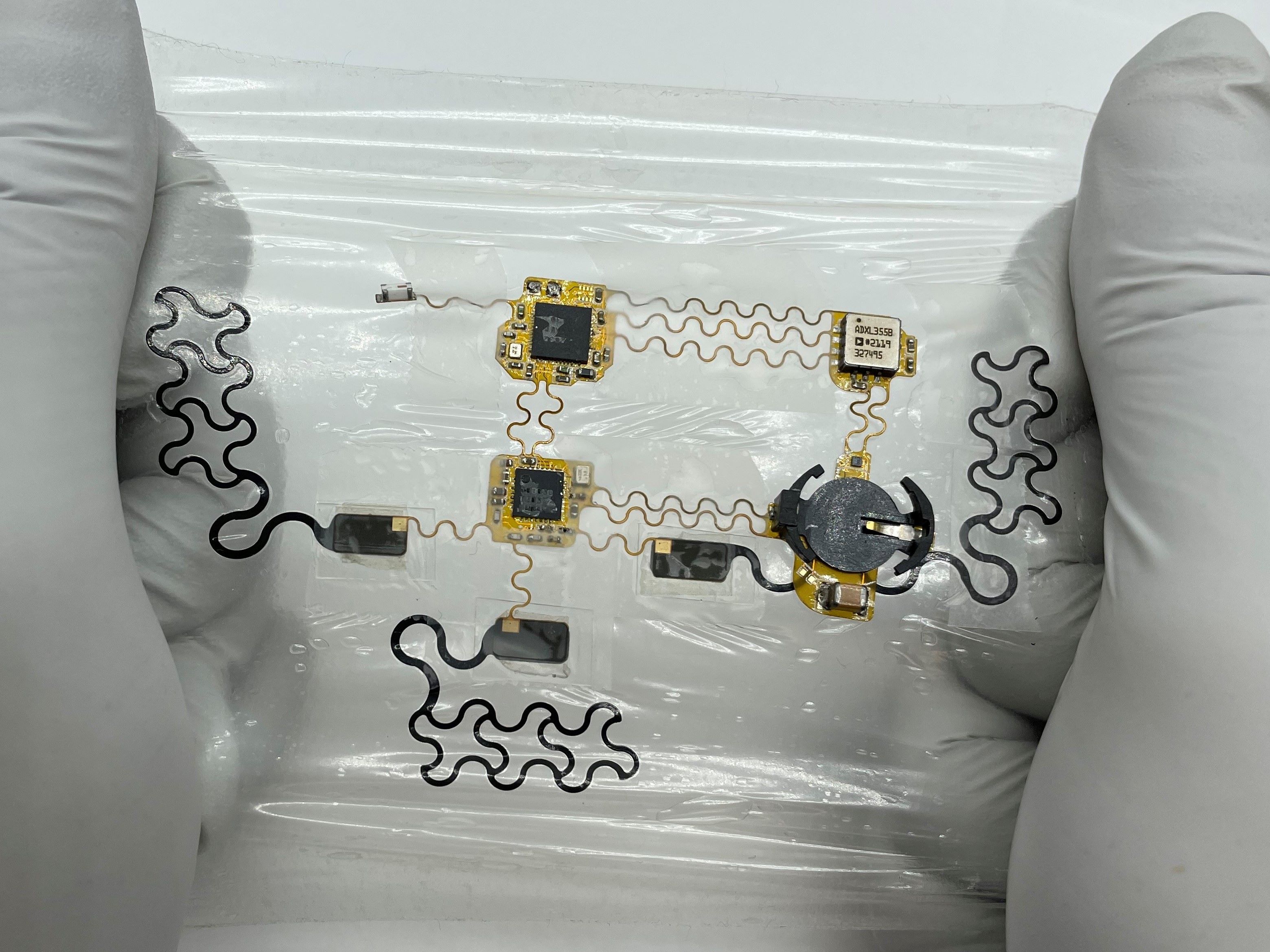
A new flexible, wearable medical device could provide a major boost in the fight against heart disease, the leading cause of death in the United States.
A team led by researchers at The University of Texas at Austin has developed an ultrathin, lightweight electronic tattoo, or e-tattoo, that attaches to the chest for continuous, mobile heart monitoring outside of a clinical setting. It includes two sensors that together provide a clear picture of heart health, giving clinicians a better chance to catch red flags for heart disease early.
-
Informed by Mechanics and Computation, Flexible Bioelectronics Can Better Conform to Curvy Surfaces
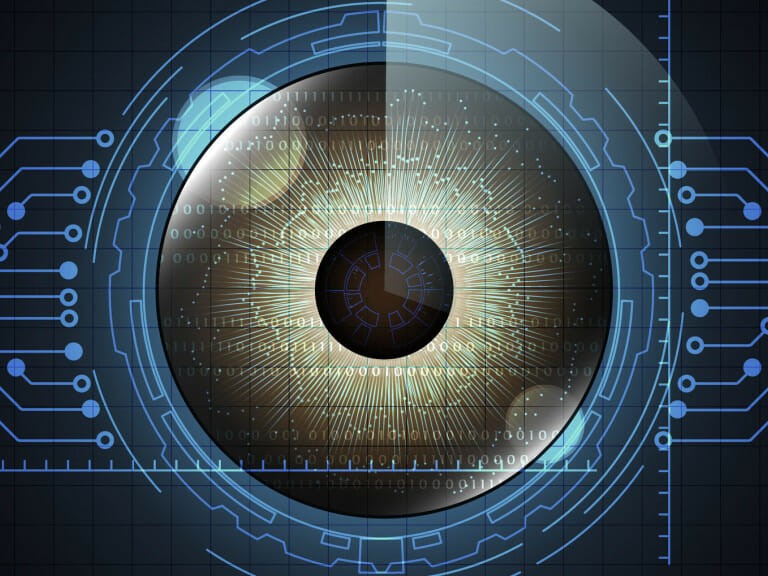
Today, foldable phones are ubiquitous. Now, using models that predict how well a flexible electronic device will conform to spherical surfaces, engineers from The University of Texas at Austin and University of Wisconsin–Madison could usher in a new era in which these bendy devices can integrate seamlessly with parts of the human body.
-
Graphene ‘E-Tattoo’ Treats Cardiac Arrhythmia
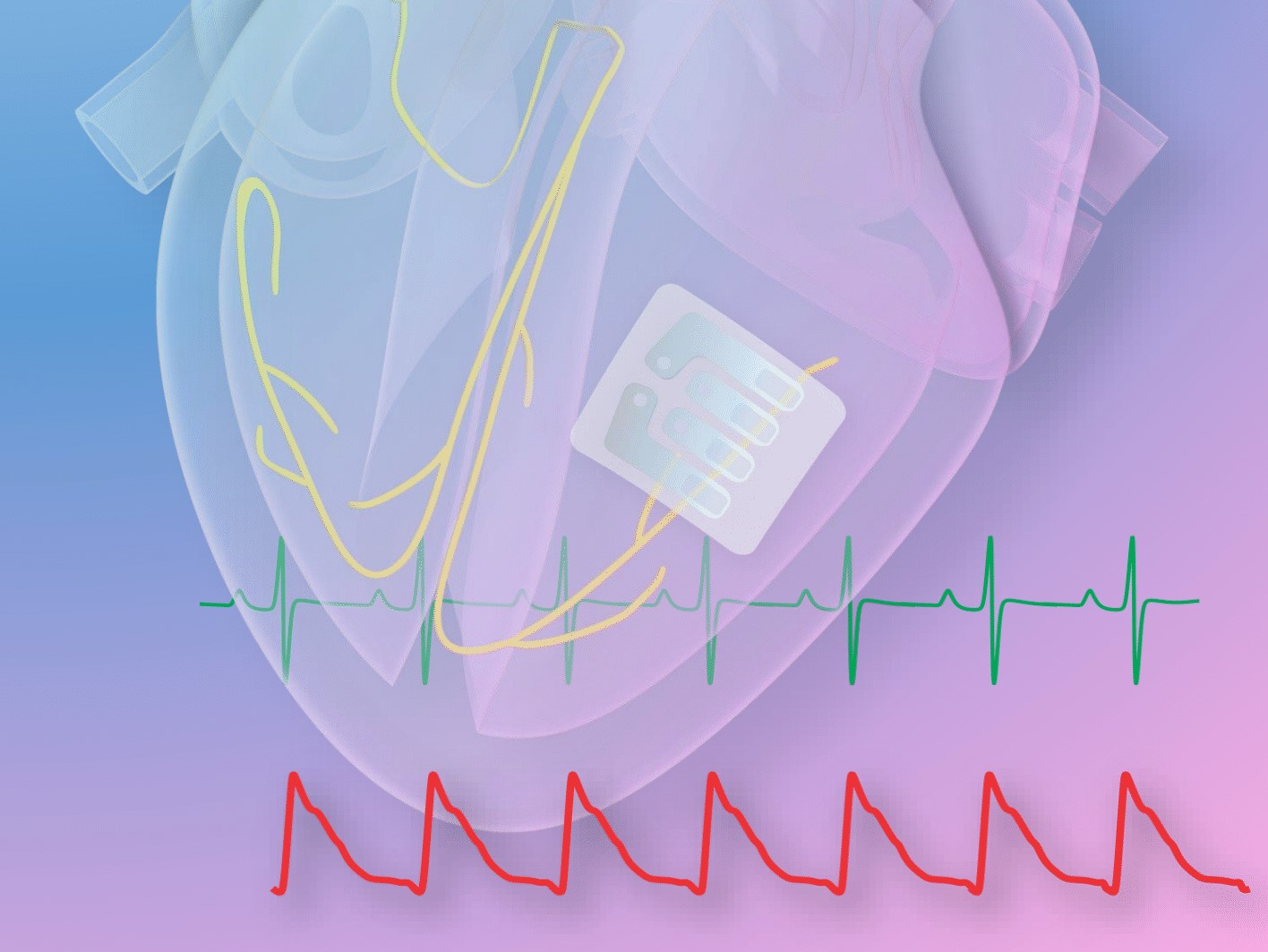
A new cardiac implant made from graphene, a two-dimensional supermaterial with ultra-strong, lightweight and conductive properties, functions like a classic pacemaker with some major improvements.
-
The Achilles Heel That Could Lead to Universal Coronavirus Treatments
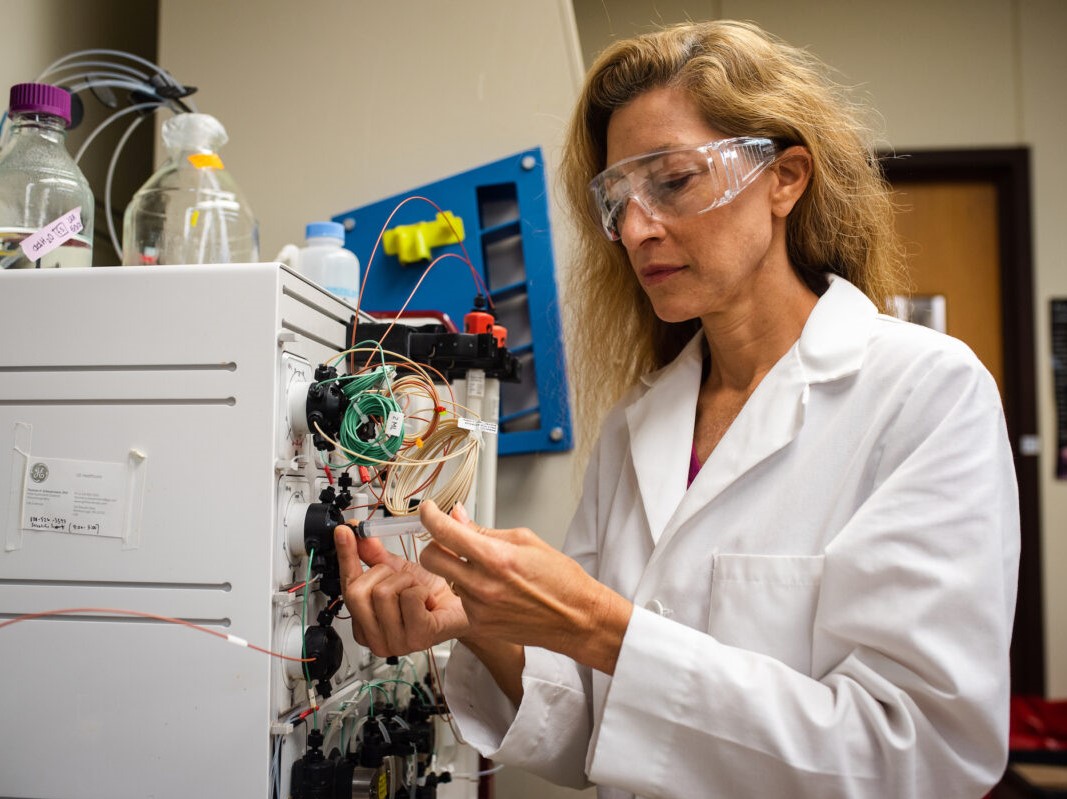
Researchers behind discoveries that led to vaccines for the virus that causes COVID-19 have identified a potential Achilles heel that exists in all coronaviruses. These findings, led by researchers at The University of Texas at Austin, could aid the development of improved treatments for COVID-19 and also protect against existing and emerging coronaviruses.







